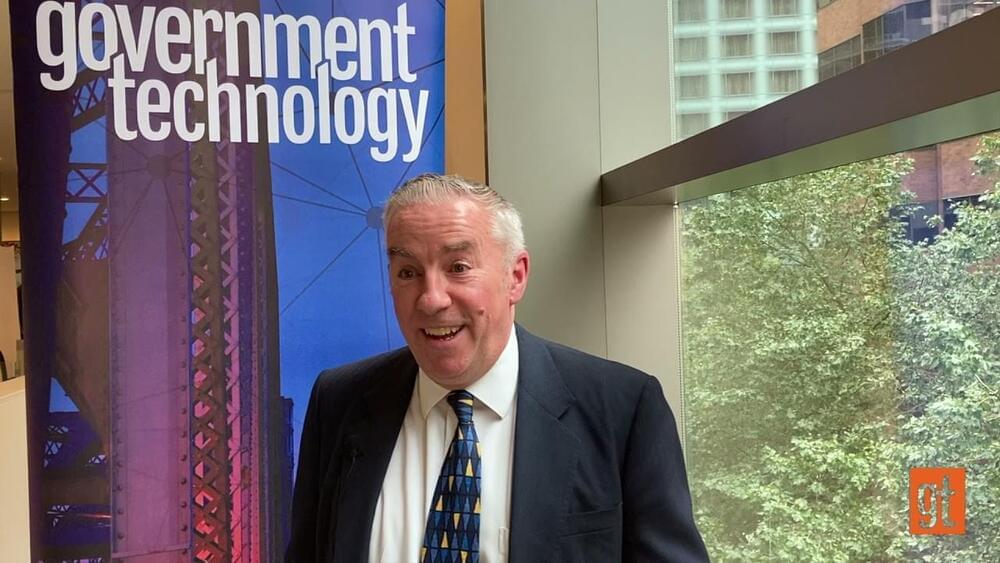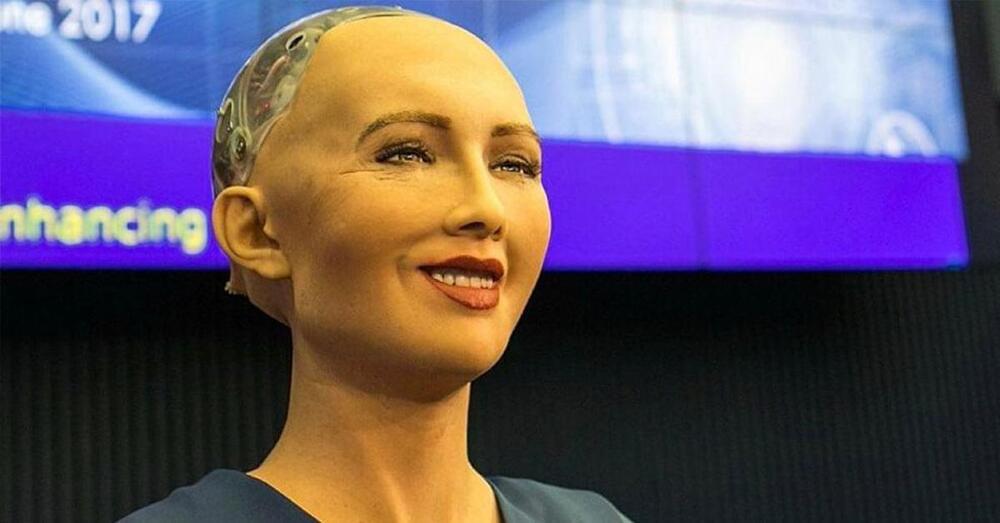Oct 14, 2021
Artificial Intelligence Can Improve How People Use Tech
Posted by Gemechu Taye in categories: biotech/medical, government, robotics/AI
In 2,019 a survey from the Center for Digital Government (CDG), the National Association of Chief Information Officers and IBM found that just 13 percent of state governments reported using artificial intelligence in some non-core part of their operations. Three years later, the same survey yielded very different results.
At the NASCIO annual confference in Seattle this week, Joe Morris with CDG presented some of the study’s 2021 findings, and it was clear that the COVID-19 pandemic changed how state and local government are thinking about AI. This year, 60 percent of respondents reported AI is currently in use in their enterprise; 6.7 percent said the tech is widely used across the state, up from just 1 percent in 2019.
Continue reading “Artificial Intelligence Can Improve How People Use Tech” »

















